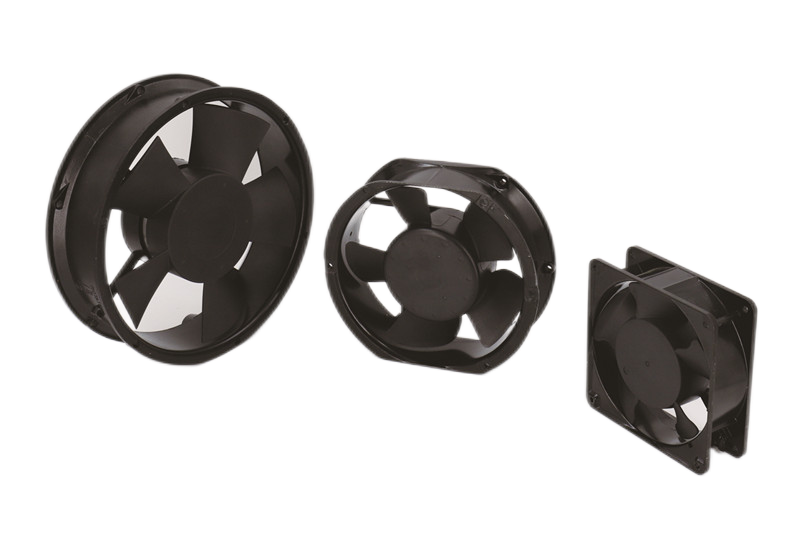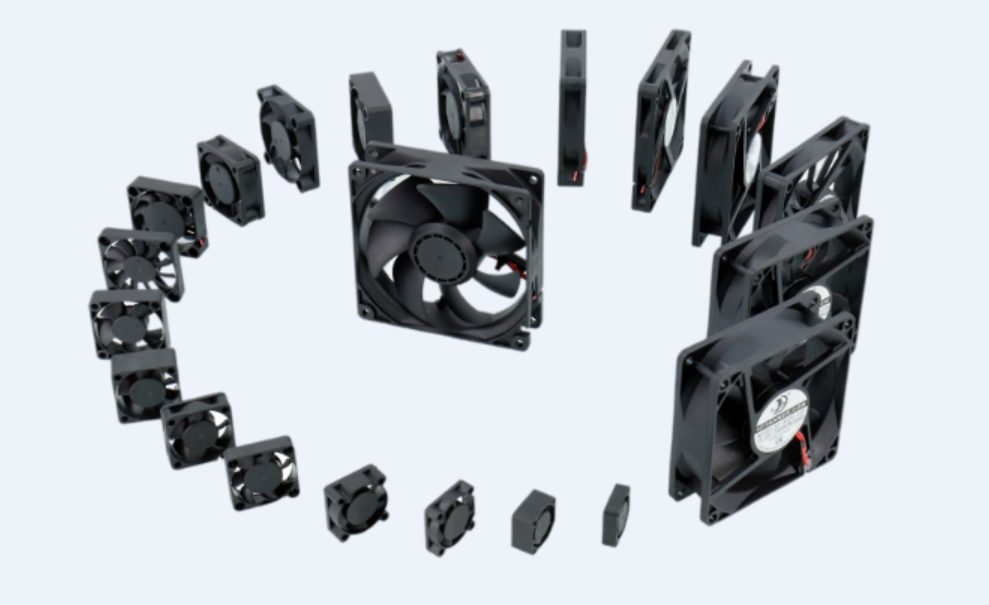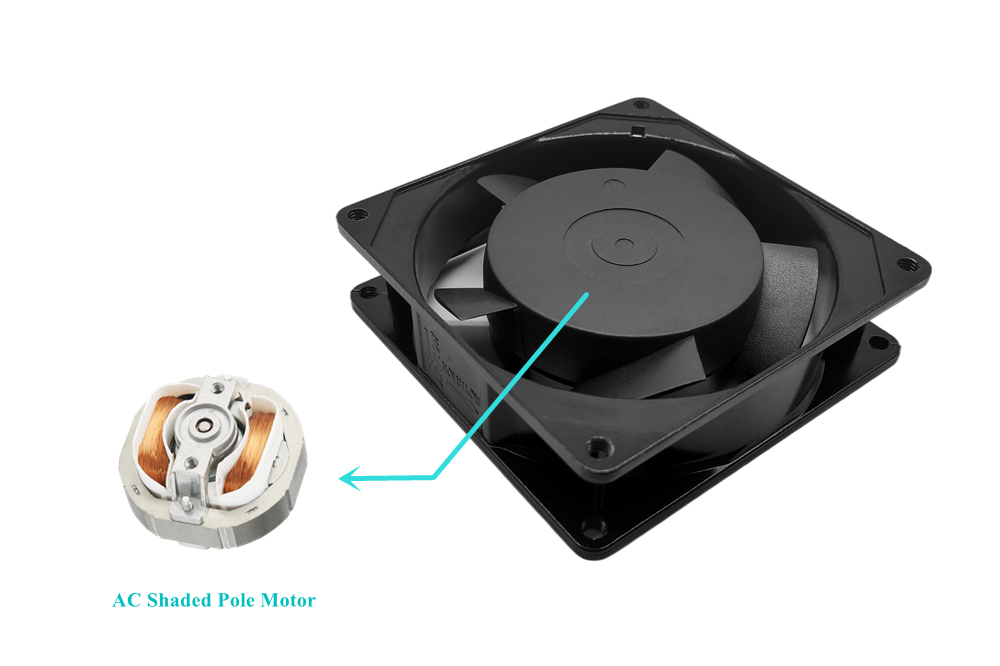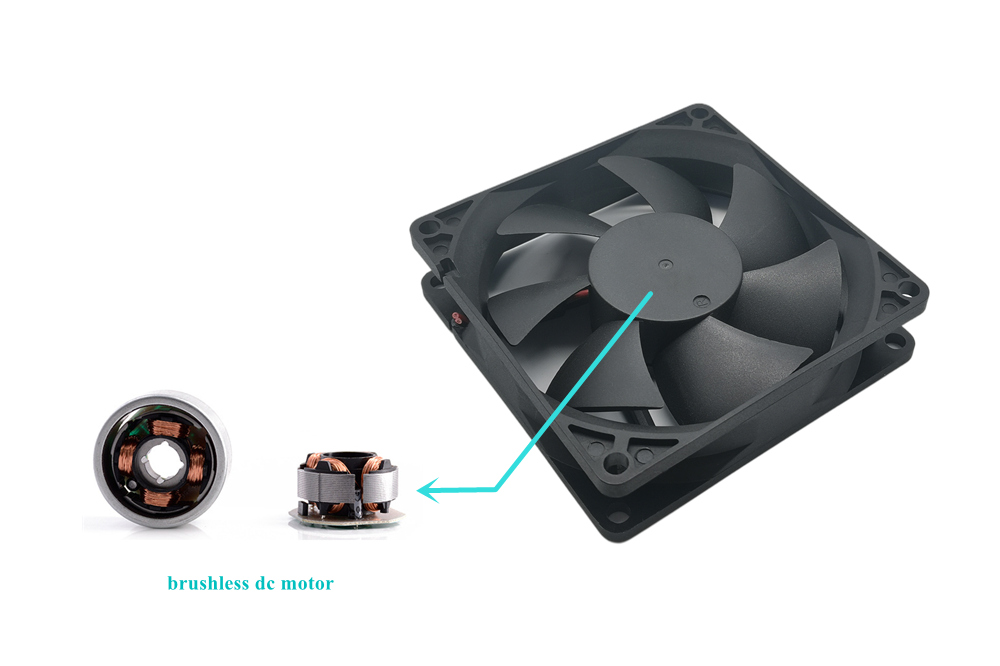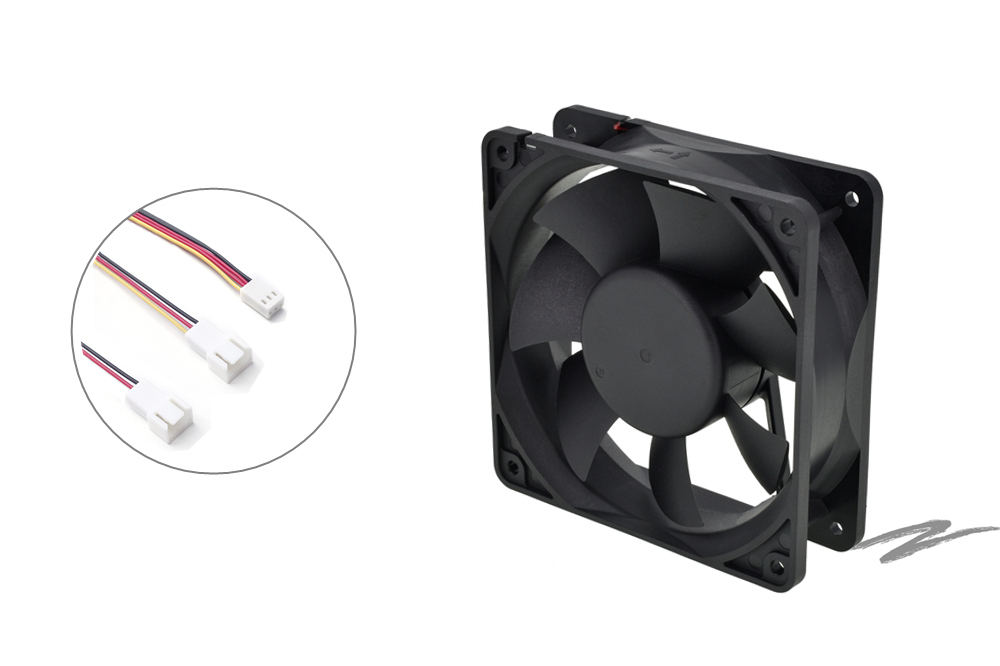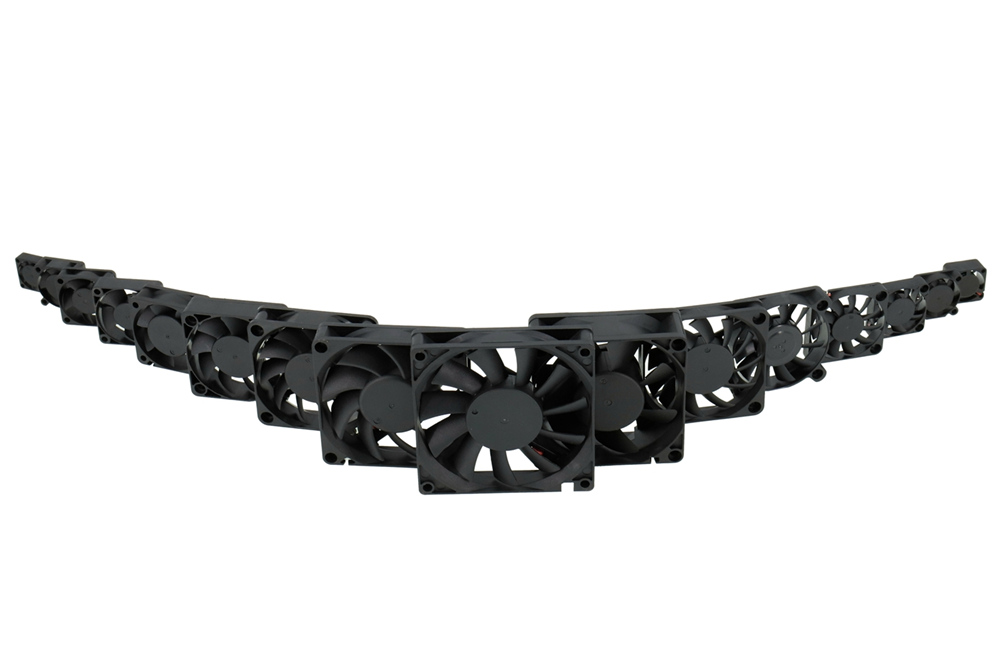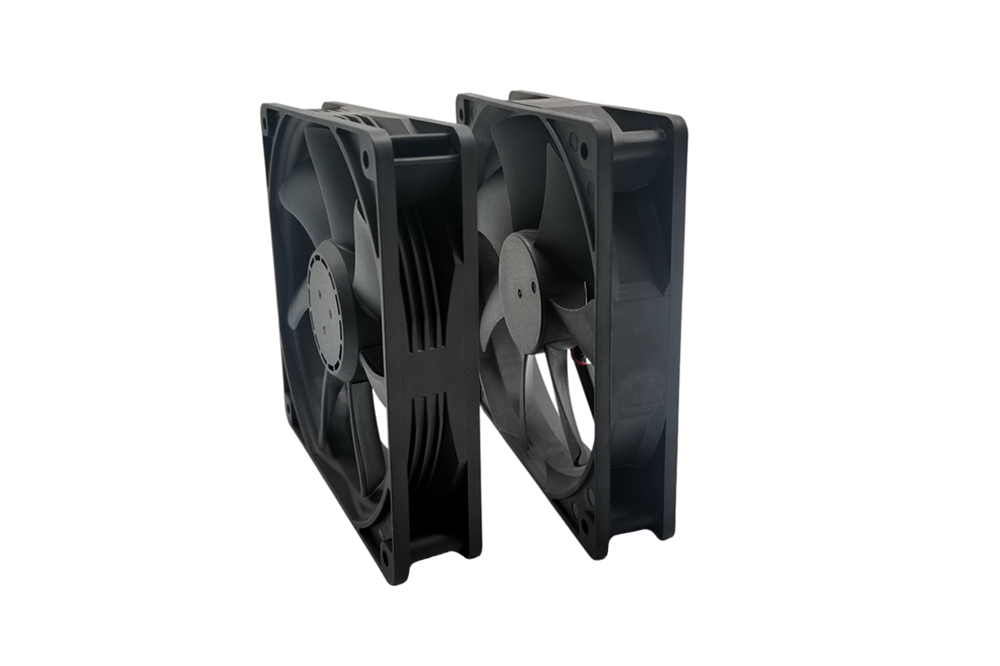Exhaust Heat Wrap is a crucial solution for vehicles that need enhanced thermal protection. It reduces heat loss from the exhaust system, improves performance by increasing exhaust gas velocity, and protects surrounding components from heat damage. The wrap is commonly used in motorsports, high-performance vehicles, and even street cars that need extra protection against heat.
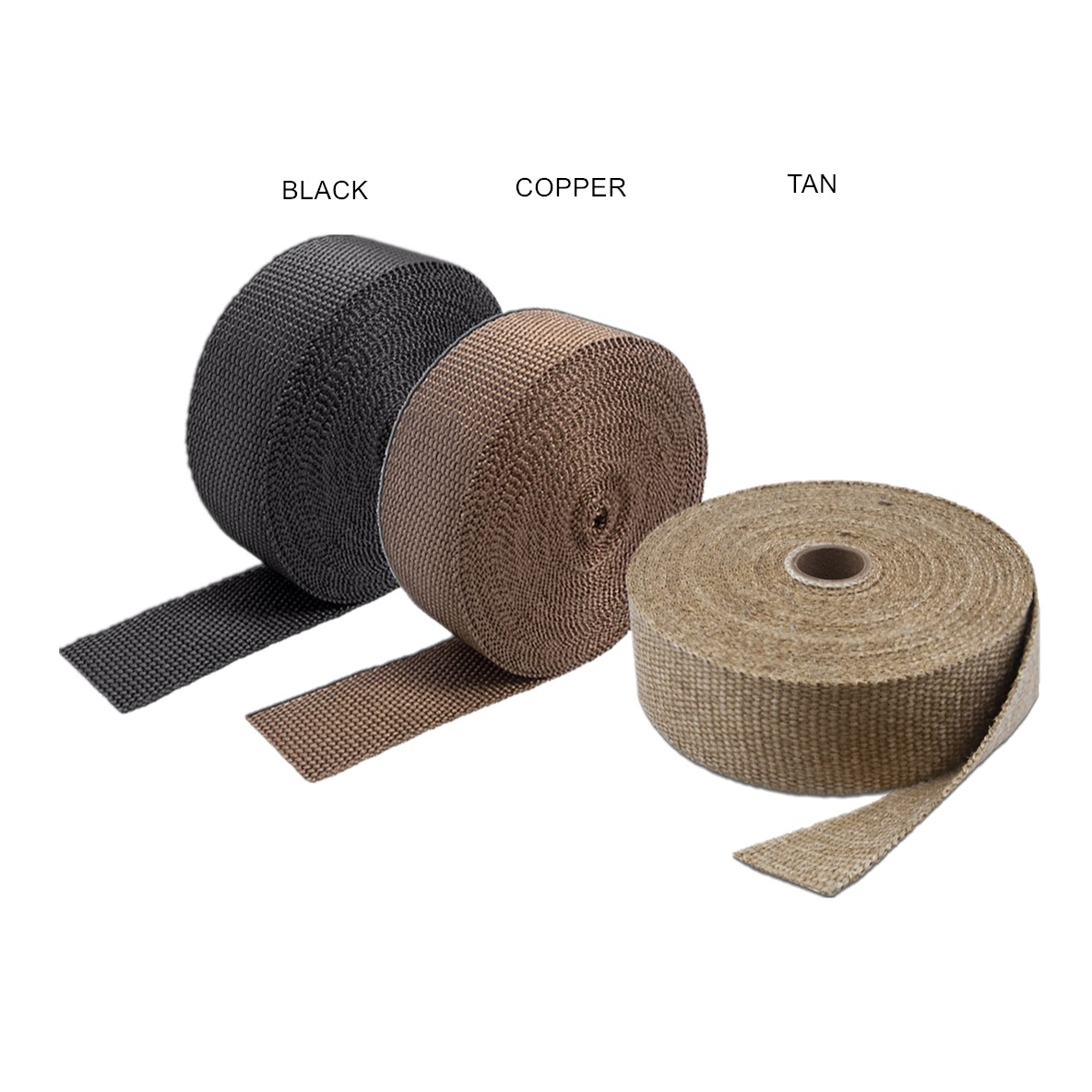
Here are five types of vehicles where exhaust heat wrap can be used:
-
Sports Cars (e.g., Chevrolet Corvette): Heat wrap helps improve exhaust efficiency, enabling the engine to perform at its best during high-speed driving and intense performance.
-
Motorcycles (e.g., Yamaha YZF-R1): The exhaust system on motorcycles is exposed to high temperatures; wrapping helps prevent heat soak, protecting riders and components.
-
Off-Road Vehicles (e.g., Jeep Wrangler): For off-road enthusiasts, exhaust heat wrap shields vital components from extreme heat, ensuring they remain functional in harsh conditions.
-
Street Cars (e.g., Ford Mustang): Many street vehicles benefit from exhaust wraps to maintain consistent engine temperature and improve fuel efficiency.
-
Racing Cars (e.g., Formula 1 Cars): In motorsports, wrapping exhaust pipes increases performance by optimizing heat dissipation and protecting the engine's other sensitive components from overheating.
Different Materials of Exhaust Heat Wrap:
-
Fiberglass Wrap: One of the most common materials, it’s effective in retaining heat inside the exhaust system, improving the flow of gases and performance.
-
Titanium Wrap: Known for its extreme heat resistance, titanium wrap offers higher durability, especially under higher temperatures and conditions.
-
Carbon Fiber Wrap: A more lightweight option, carbon fiber is heat resistant and perfect for applications that demand both strength and lightness.
-
Aluminized Wrap: This wrap reflects heat instead of retaining it, offering a protective barrier for nearby components and enhancing exhaust flow.


